What equipment is needed to start welding? Find out more about the essential welding equipment and tips for welding beginners. Welding Supplies Coventry offer welding supplies in Coventry, Royal Leamington Spa, Lutterworth, Nuneaton, Rugby, Oxford and throughout Warwickshire.
Everything You Need To Start Welding
Beginner welders can struggle when trying to decipher what machines and equipment are most suitable for the welding tasks they wish to take on.
Most first-timers find they get ahead of themselves, thinking they have all the materials prepared. Yet many lack essential items that enable them to perform a high-quality weld. We want to help remedy those issues as best we can. Here is a guide on the products you'll need to efficiently start MIG, TIG or stick welding to perform impressive beginner welds.
Essential Welding Equipment
A MIG Welder
Metal Inert Gas (MIG) welding is one of the most popularly used welding processes worldwide.
MIG welders are often consumer-grade and are the easiest to obtain at any local hardware or improvement store.
Wire electrode guns are typically used by MIG welders to melt metals, fusing them together thoroughly. They offer an efficient shielding gas to protect the structural integrity and durability of your weld.
You'll find that basic models cost around £130.00 to £500.00.
Whilst there are many products of a more high-end quality available on the market that are up to £830.00 and upwards in price, these aren't necessary for beginners or smaller projects.

Respirator
Respirators aren't always required for all jobs. However, for those preparing or sanding down metal materials that are rusty or painted, they may be necessary.
Buffing away paint and rust will help prevent you and others in the area from inhaling small particles or harmful fumes.
Many welding helmets that you can buy have built-in respirators. Such are ideal for welders that are working in hazardous environments, or with rusty, painted materials.
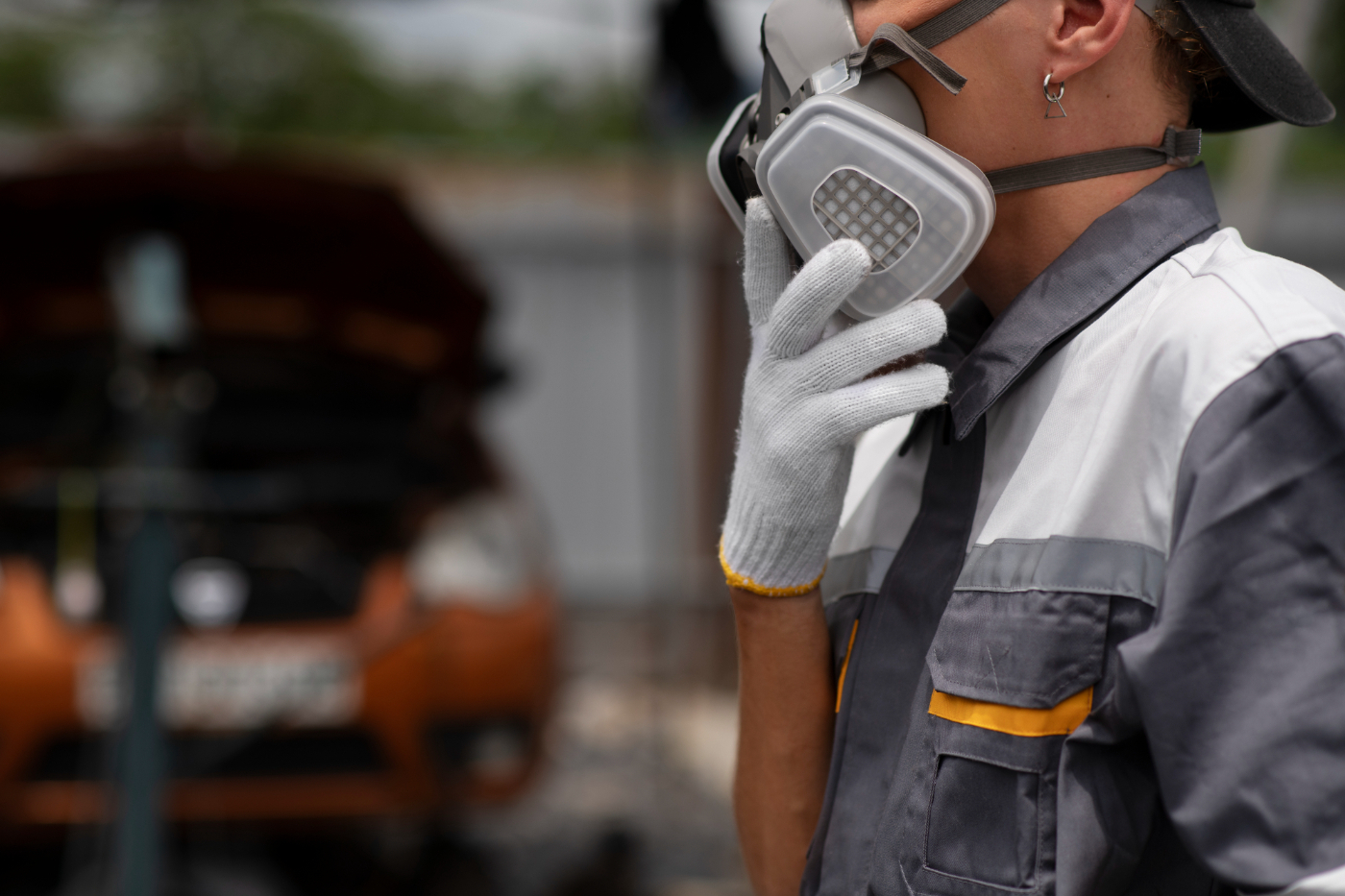
Safe Workspace
Safety is essential, and it is essential that you have access to well-lit and safe workspaces. Ensure the area you weld in is not nearby any combustible materials or fuel. A high ceiling would also be a wise choice, as welding sparks can fly upwards of 25ft, so keep this in mind when choosing a work site.
Wire Electrode and Gas
Most newbie welders utilise flux-core wires alongside wire electrodes and such wire consists of materials that become gases once fully heated. To ensure a high-quality weld, you will have to shield your product from such atmospheric gases.
Alternatively, compared to solid wire with efficient shielding gas, flux-core wire produces lacklustre results. You'll find that there are numerous forms of shielding gas that is predominantly used for welding various materials. When welding it is common for carbon dioxide, argon, oxygen, and helium to be blended together.
Those using solid electrodes should use a mix of approximately 75/25 CO2 and argon if they are participating in multi-purpose welding projects. Nonferrous, mild steel metals and almost all metals can be welded with wire and gas, with better outcomes than flux-core. Welding gas and high-quality electrodes can be purchased at numerous local supply stores.
Angle Grinder
Angle grinders are multipurpose. They are used to remove welding imperfections, cut through metal, and can help prepare it for the overall process.
We recommend investing in several cutting discs, sanding discs and a flap wheel, as this will ensure you are thoroughly prepared. These add-ons will also help polish and finish all joints once your metal project is complete.
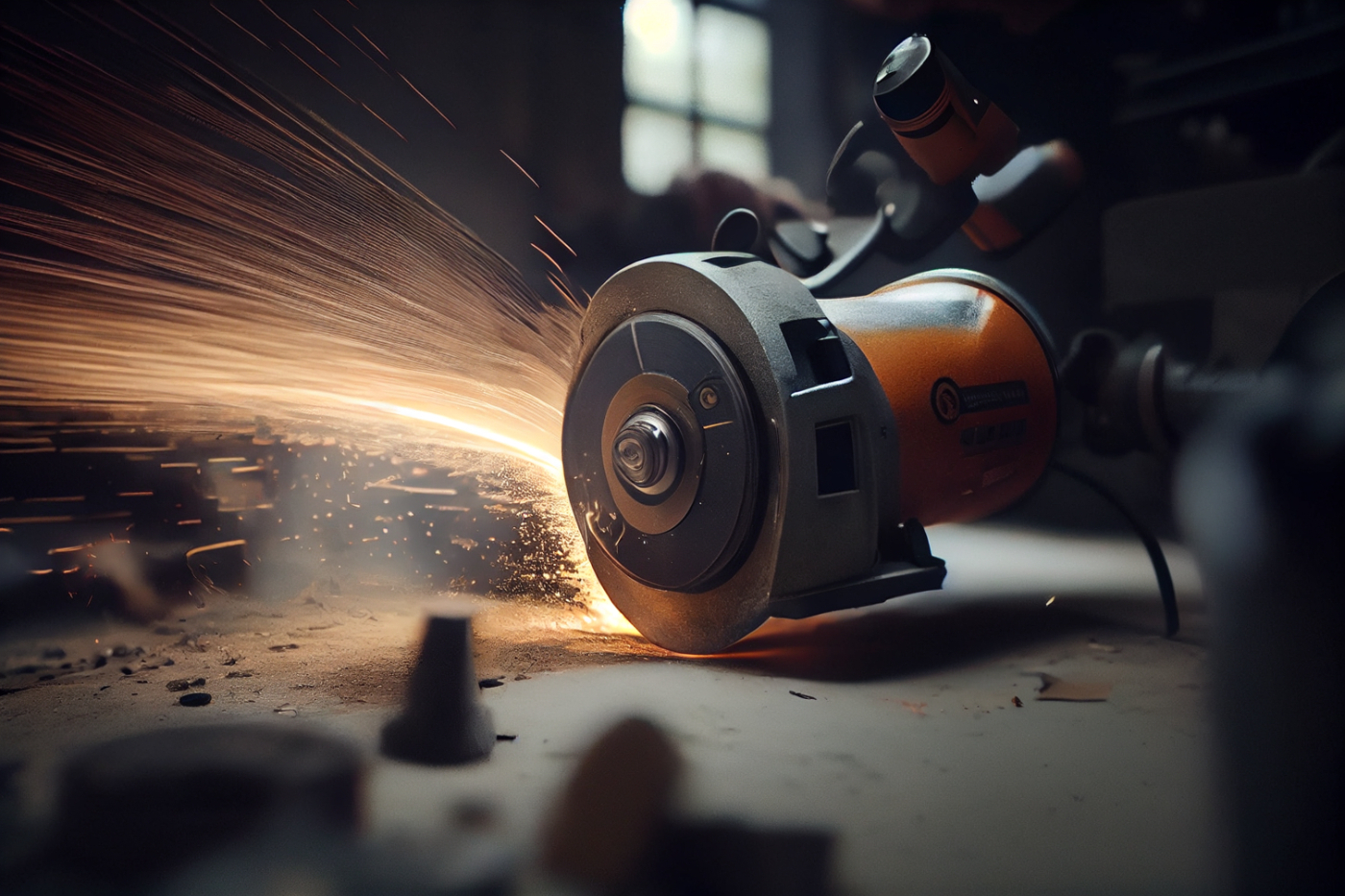
Welding Helmet and Gloves
It is essential to have good quality, industry-standard gloves and a welding helmet when performing such work.
The helmet serves as a part of personal protective equipment; it protects your head, face and eyes from debris, sparks, UV light and infrared. Such dangers could cause permanent eye damage or result in burns.
Often welding gloves are manufactured from synthetic materials or heavy leather, and they provide immense protection from extreme heat or sparks, whilst ensuring your fingers can manoeuvre properly.
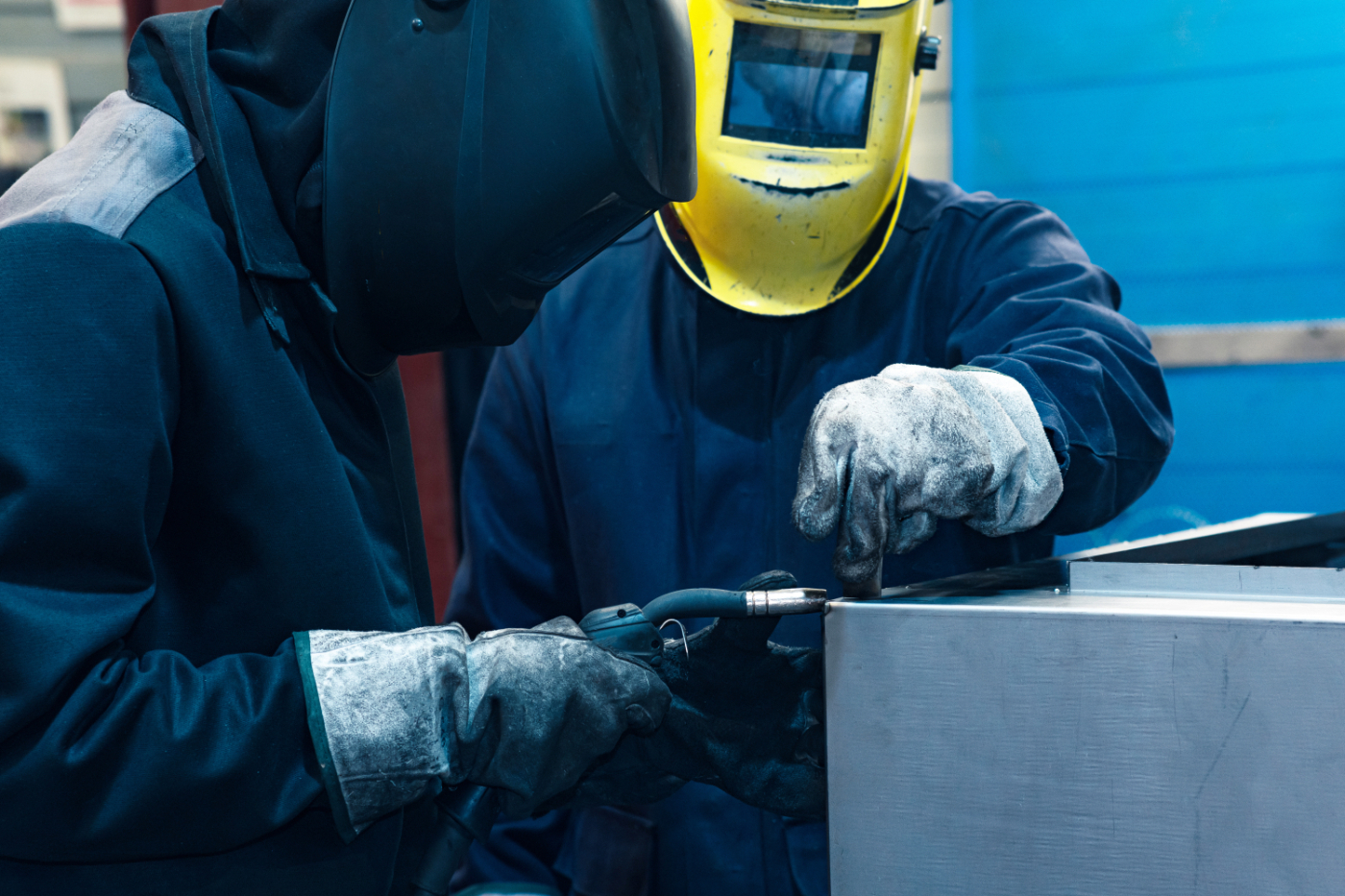
Welding Pliers
Most welders use pliers to hold together their work and they help remove welding splatter once your welding is finished. They often have a large variety of clamps that help keep metal pieces together during the welding process.
Clamps and Magnets
It is known that welding magnets are incredibly useful for those who prefer to weld magnetic, ferrous metals. Such clamps and magnets are successfully used to reposition and hold your workpieces in place so that welding is more straightforward and completed faster.
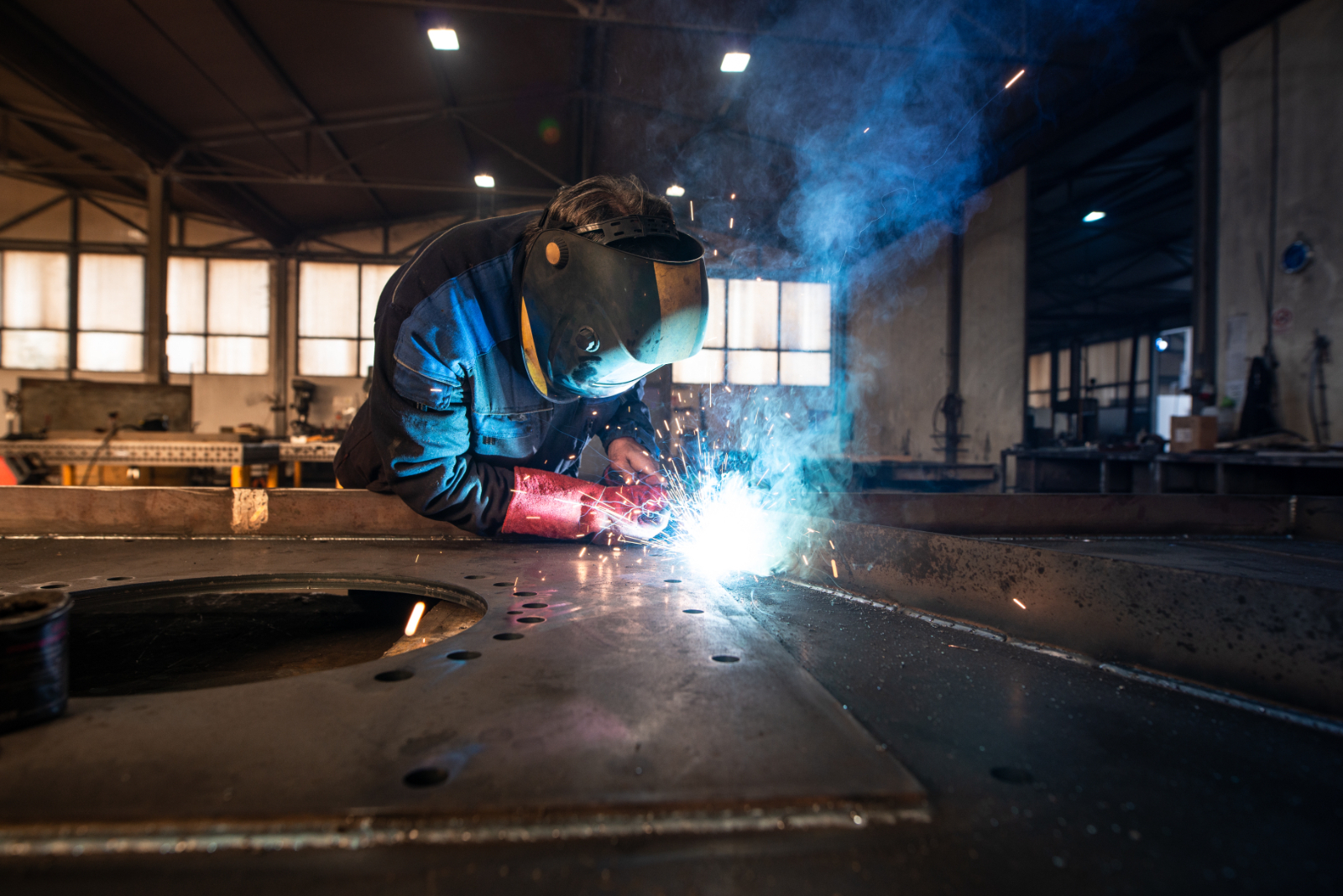
What Kind Of Welding Machine Is Best For Beginners?
The most common machines that are purchased to perform industrial work are MIG welders, and these have gradually surpassed the popularity of stick welders.
MIG offers a constant wire feed that prevents the need for workers to stop tasks to replace used electrodes.
It possesses inert gas shields that perform similar duties to the solid flux coating typically found in electrodes.
Both methods work to shield the molten pool of metal from contamination. These sometimes lead to brittle welds, pinholes, porosity, and various other problems that weaken the structure.
You can save time using MIG welding, as this does not have any slag covering it. You won't have to spend time buffing off slag to assess the welding quality.
When performing thorough MIG welding projects indoors, it's best to stay far away from large winds or direct wind via open doors and windows. Strong winds may blow away the shield gas that your weld requires. Your weld needs to be protected from atmospheric gases to efficiently perform their duties.
Stick Welding For Beginners
For those that will be welding outdoors to complete their projects, the best option is to look into stick welding and the equipment you may need. There are many benefits to learning the welding process using rods or electrodes. Getting to grips with TIG and MIG welding at a fast pace is often more straightforward after becoming accustomed to the basic of stick welding.
Using a stick welder will help you gain confidence in secure welding techniques, and will allow you to progress to much heavier materials. You can purchase a broad range of stick welding rods suitable for numerous circumstances. With a variety of rods, you'll find there will be an increase in the strength and quality of your final welding product.
However, if you are someone who intends to perform welding jobs indoors, but the projects you wish to take on are lighter or thinner, we recommend taking up stick welding. Also if you prefer the simplicity that MIG welding provides. On the other hand, the learning curve is much more shallow with MIG than it is with stick welding.
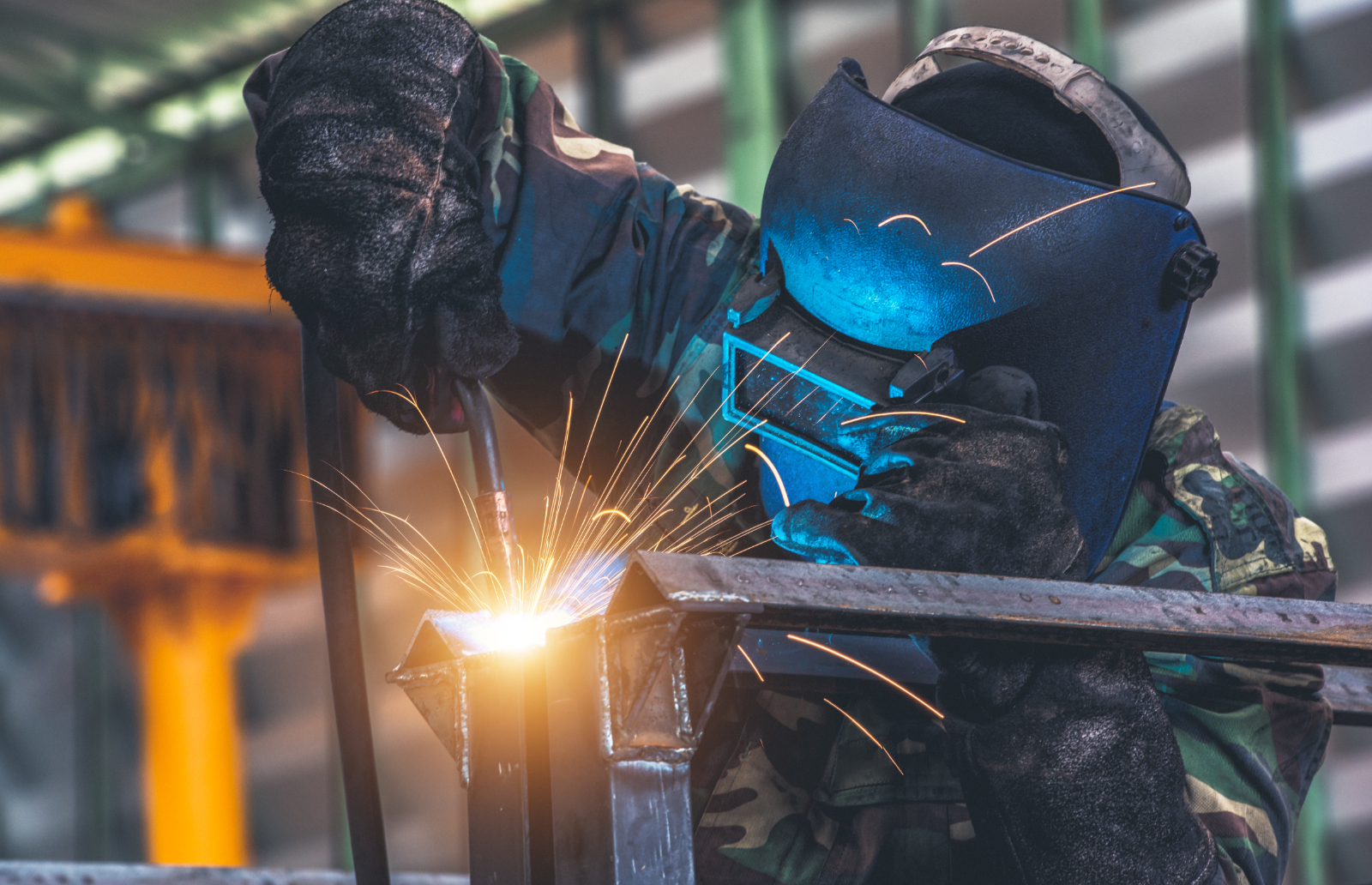
Mig Welding For Beginners
To begin, there are two functions that you must ensure are correct before you weld, and those include the voltage and the wire feed speed settings. Scope out a recommended settings chart that includes the most suitable thickness, metal materials, and wire sizes.
We recommend you utilise an abrasive or sanding disk, as this is the best way to obtain and maintain clean metals. Unlike Electrode welding, MIG welding isn't as forgiving when it comes to rust or paint.
With MIG welding, you must have a cleaner surface to curate a more high-quality weld product. The next step is to remove all solids from your space, alongside any oils or grease that could contaminate the environment and ultimately reduce the quality.
When welding, you must ensure one hand is always steadily controlling the gun. Depending on the layout of your workspace, using the off-hand for extra support can be a challenging task. It is paramount that you keep the distance between the base metal and the gun is about 3/8 of an inch. Your wire cannot be over-extended, this is typically referred to as 'stick out.'
We recommend that, whilst welding, you look directly down at the metal from the top of your equipment, angling the gun at 15 degrees or so.
Many beginner welders often ignore or breeze past the importance of speed, as this can have a dramatic effect on the quality. If you notice your welding technique becoming too slow or too fast, that is the only time you can vary your welding speed.
One of the most effective things you can do to get the best out of the welding process is to invest in a high-quality ground clamp. Some welders fail to put good money and thought into their ground clamp, yet this is something you must put intention into. A lack of a good ground clamp can make your welding projects suffer, and could result in damage to your machine.
Do I Need An AC/DC Welding Machine?
Many beginner welders face the temptation to purchase much cheaper machines to get themselves started, especially if they want to begin with smaller projects. A cheap option is an AC/DC machine, and this is ideal for those that try welding and decide they don't like it. That way, you haven't wasted too much on high-end equipment.
The quality of weld that you receive from utilising an AC machine is good, and it is capable of carrying you through most welding jobs you wish to tackle.
AC (Alternating Current) machines offer a current that flows efficiently back and forth, with 60 Hertz of switching polarity. When welding with an AC you'll notice it makes a prominent buzzing noise throughout the process, yet this noise disappears when using DC.
Many AC/DC owners tend to complete all welding projects with AC, yet most welders will weld using DC whenever it is available.
Are you looking for welding equipment suppliers in Coventry and Warwickshire. Contact our welding equipment specialists working across Coventry, Rugby, Oxford and the surrounding areas.


